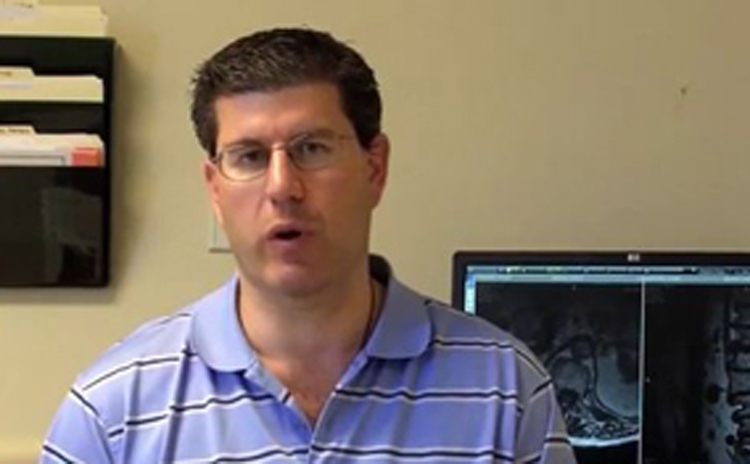The genesis of the ActivAided brace was an opportunity where I was working with some engineer students from Carnegie Mellon. It was a really great, energetic group of students, and they were looking at intraoperative devices for people who have spondylolisthesis and spondylolysis. And they were asking about surgical devices and could they design better hardware for surgical fusion. One of the things that I discussed with them is that there are actually a lot of really wonderful fusion devices out on the market, but that nobody has actually developed a good back brace.
The Need for a Good Back Brace
One of the common back braces that people use historically is something called a Boston brace, or a modified Boston brace. They’re in a class of brace we call TLSOs or Thoracic-Lumbar-Sacral Orthosis, and they generally work by restricting motion at the spine. They’re horrible. Nobody likes them. They don’t do much of what they’re supposed to do. They’re uncomfortable, people hate wearing them, compliance with them is awful, and they’re unsightly. They’re the last thing you want to give to a young athletic person who takes pride in their aesthetics. It’s a big turtle shell that they have to walk around with on a constant basis, and they may not actually do what they’re supposed to do.
One of the things that we sometimes see is that the brace is bracing this upper region; they actually get hyper mobility right at the area where they have spondylolisthesis. So even from a biomechanical standpoint, they might not be doing what they are supposed to do. Additionally, they are going to lead to often the de-conditioning of the muscles. And so for most of our athletic people who have these spondylolisthesis or spondylolysis, their issue is not that they are too strong, and therefore they need to stop using their muscles, their issue is that they’re not stabilized in their spine appropriately, and they need to be retrained to use their muscles.
what we worked on was trying to develop a brace that would help give cuing that would help remind people to activate their muscles on a regular basis.
So what we worked on was trying to develop a brace that would help give cuing that would help remind people to activate their muscles on a regular basis. One of the great things about working with engineers from Carnegie Mellon is that they are really smart, really creative and are willing to go through a trial and error process to come up with the best product, and I think that they have. I think that the ActivAided brace is really better than anything that has been on the market so far, and it’s something that I’m proud to be a part of the design team.
